AWS Certified SysOps Administrator - Associate
Summary
Summary of Domain 4 Security and Compliance
Welcome to this comprehensive refresher on Domain 4, which focuses on the core concepts of security and compliance. Before you take the assessment exam, review these key topics to strengthen your understanding of Identity and Access Management (IAM), encryption, network security, and various compliance tools.
Domain 4 covers the following fundamental areas:
- Identity and Access Management (IAM)
- Data Protection and Encryption
- Network Security
- Compliance and Governance Services
- Regular Audits and Assessments
Below is a detailed walkthrough of each component along with technical diagrams to support your learning.
Identity and Access Management (IAM)
Since this domain centers on security and compliance, we start with IAM. Effective IAM is crucial in managing user identities, authenticating users, controlling resource access, and tracking activities. It encompasses:
- Authentication: Verifying user identities.
- Authorization: Determining what resources a user can access.
IAM plays a pivotal role in establishing secure access protocols:
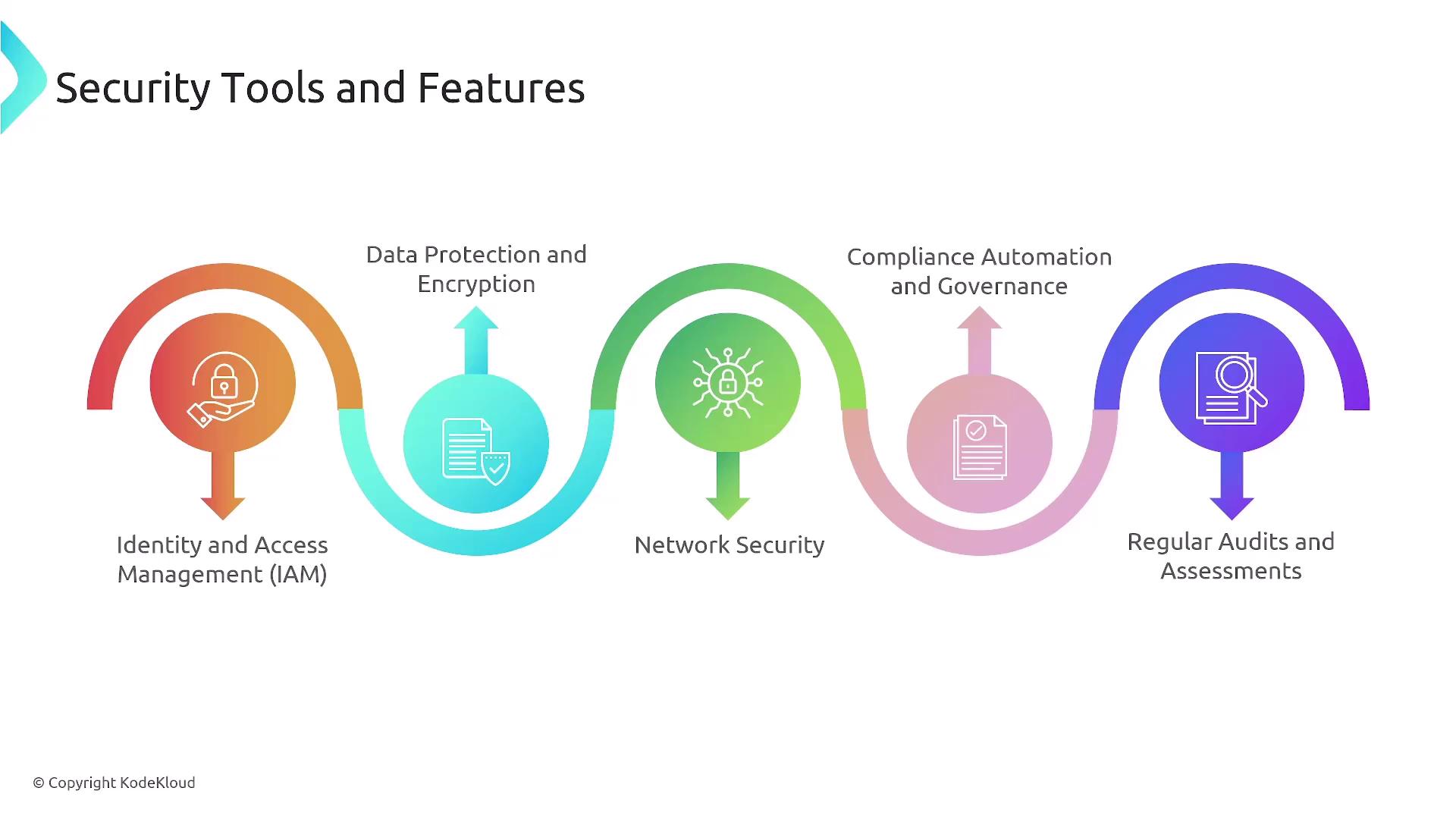
IAM manages user identities ensuring proper authentication and authorization:
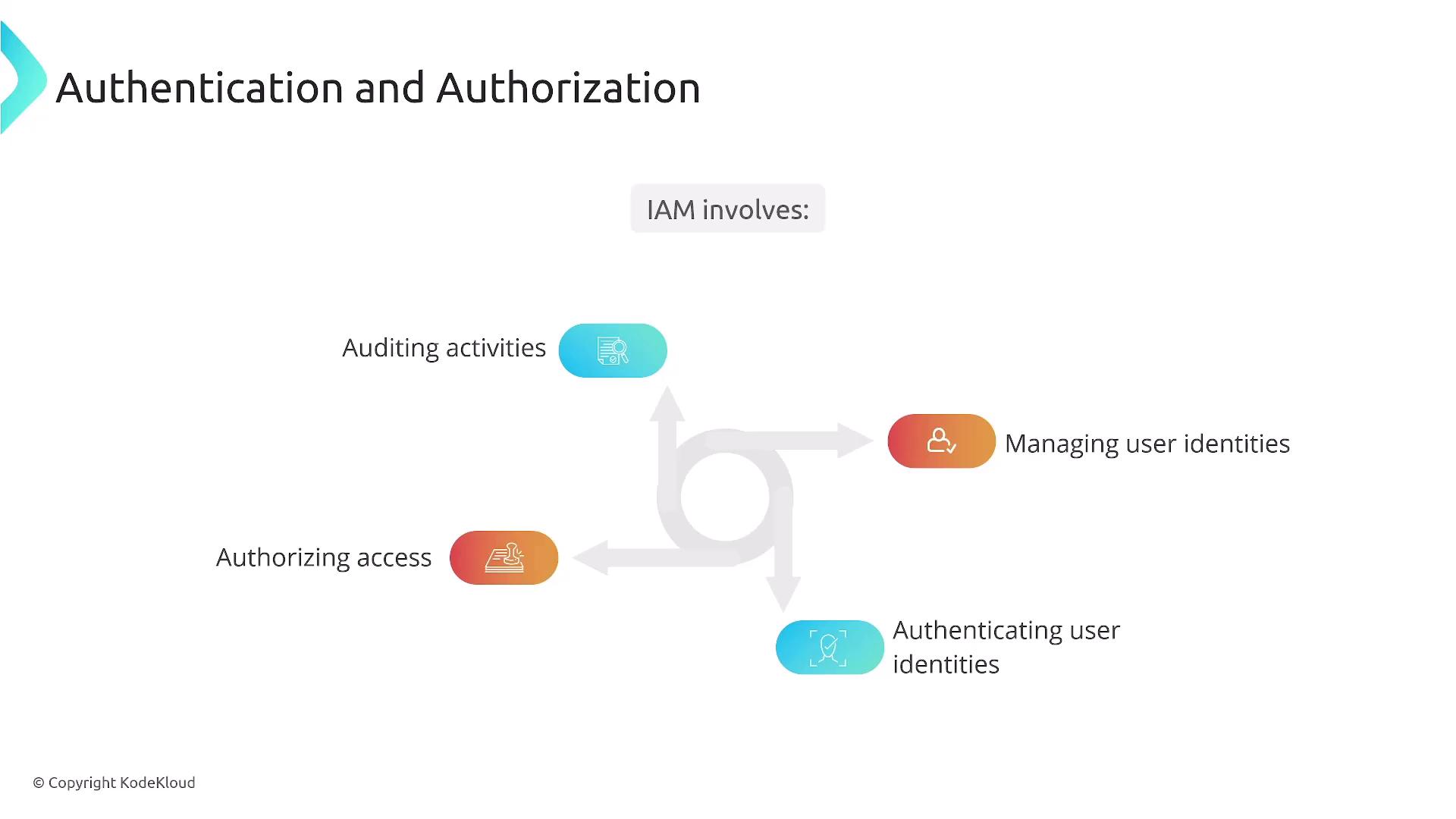
To further secure user access, AWS implements Multi-Factor Authentication (MFA). MFA adds extra layers of security beyond simple passwords by combining:
- Something you know (password)
- Something you have (security token)
- Something you are (biometrics)
This method fortifies authentication and reduces unauthorized access risks.
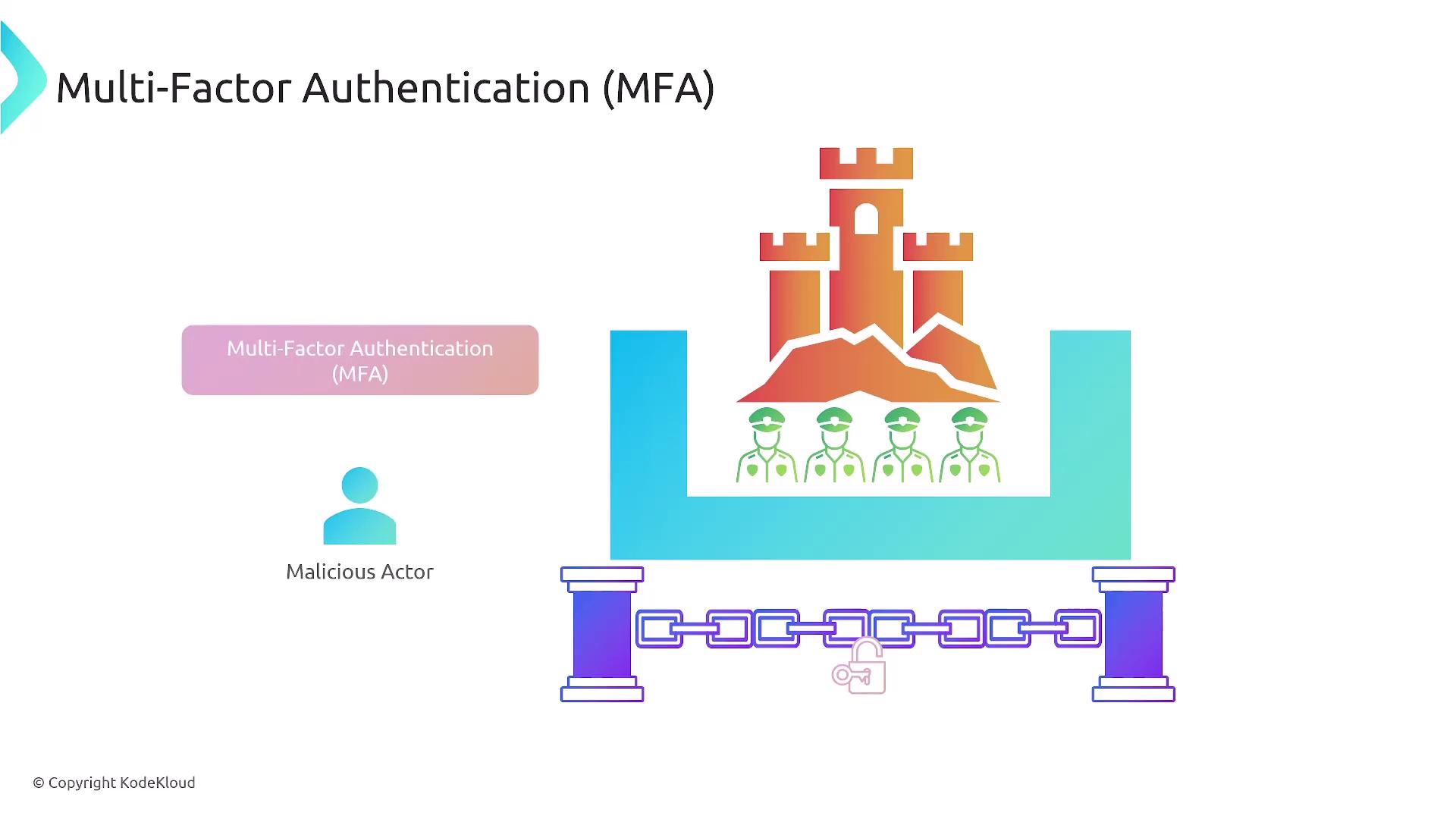
MFA is typically categorized into three distinct elements:
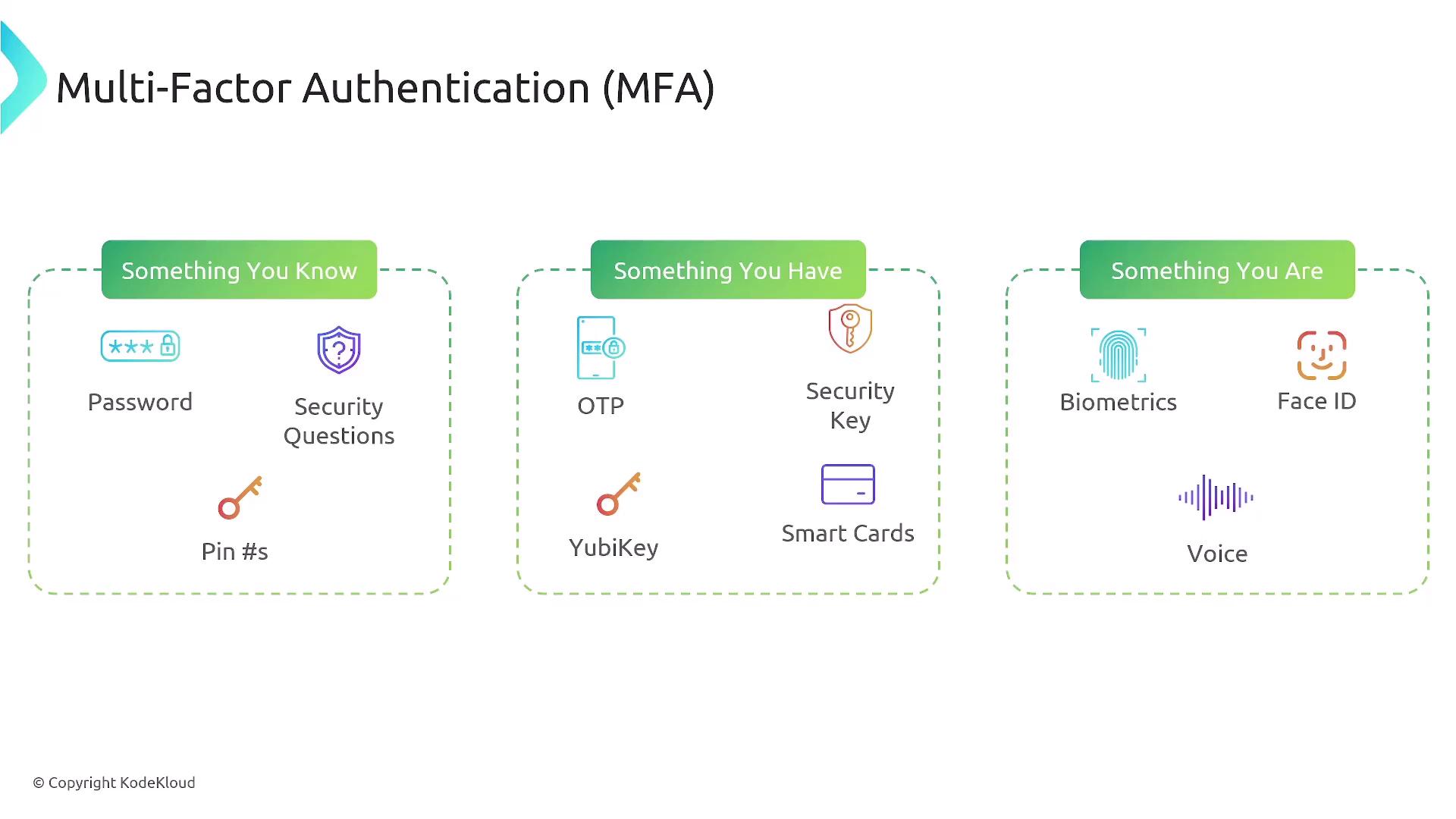
When managing policies in IAM, it is important to understand the differences between AWS managed policies and customer managed policies. While customer managed policies offer flexibility, AWS managed policies remain read-only for examination purposes. Additionally, resource-based policies (attached to resources) and identity-based policies (attached to identities) work together—if any policy denies permission, access is blocked.
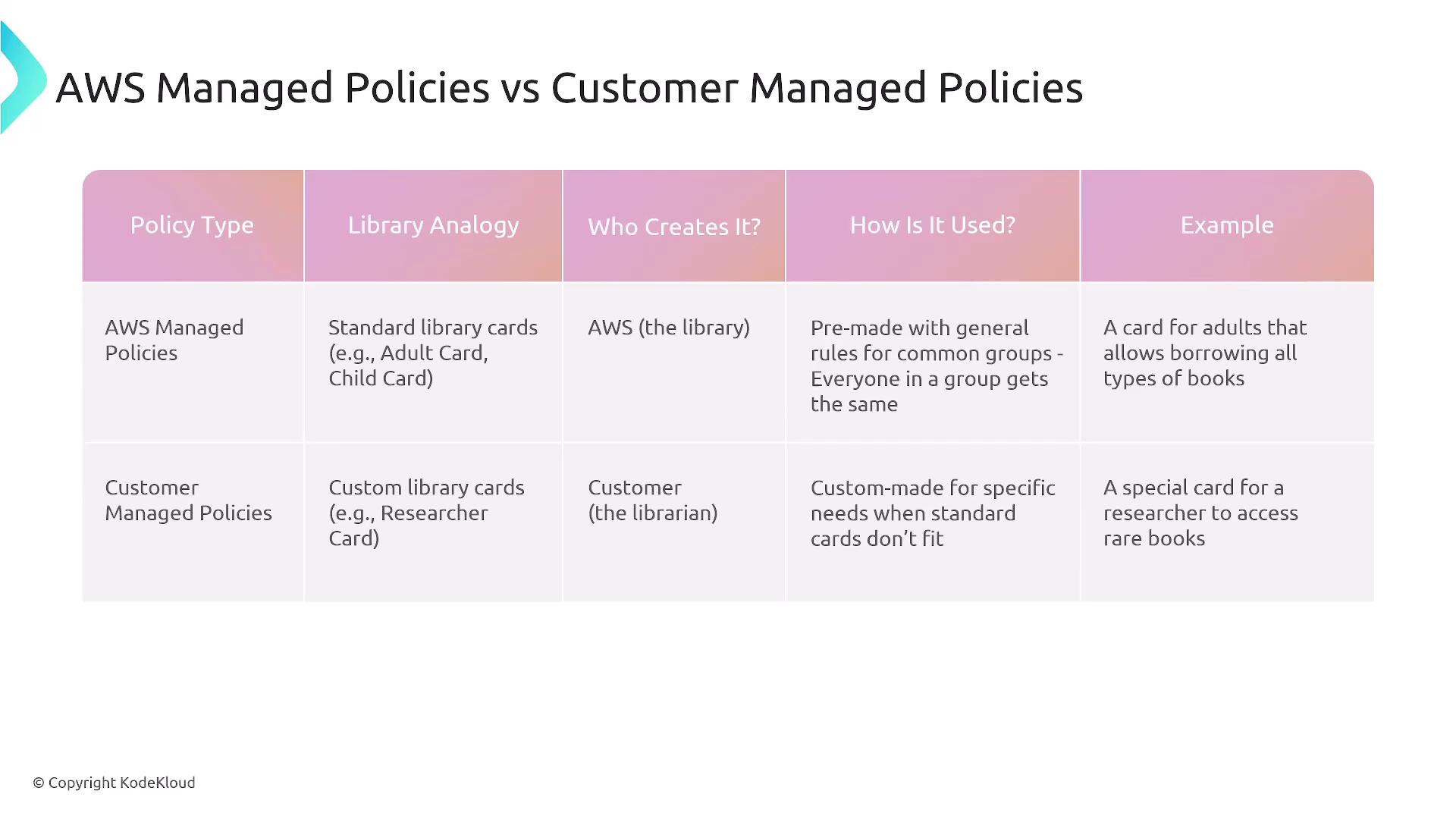
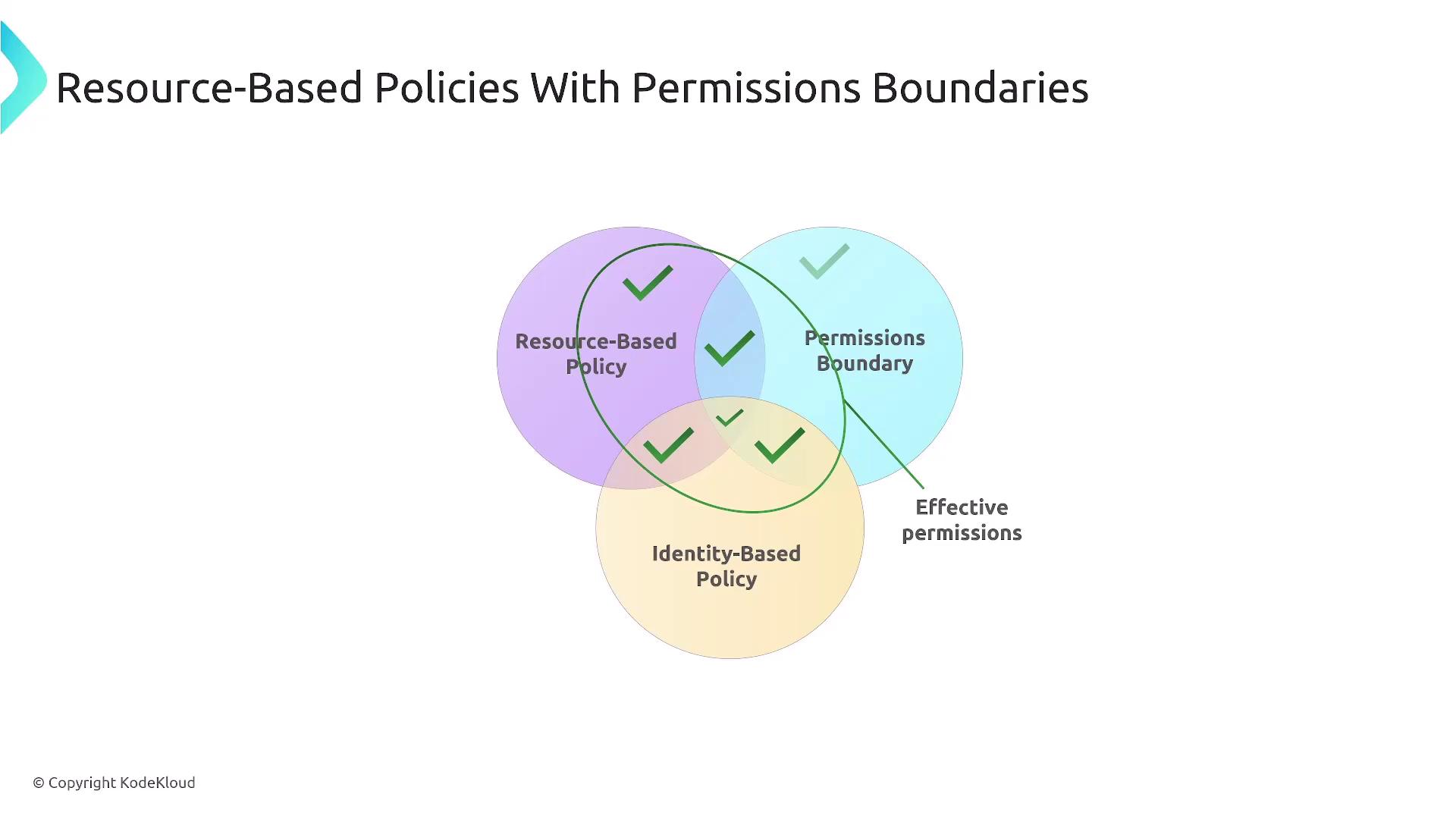
This approach also applies to Service Control Policies (SCPs) within AWS Organizations. SCPs enforce security controls spanning multiple accounts by restricting permissions—these cannot be overridden at the account level.
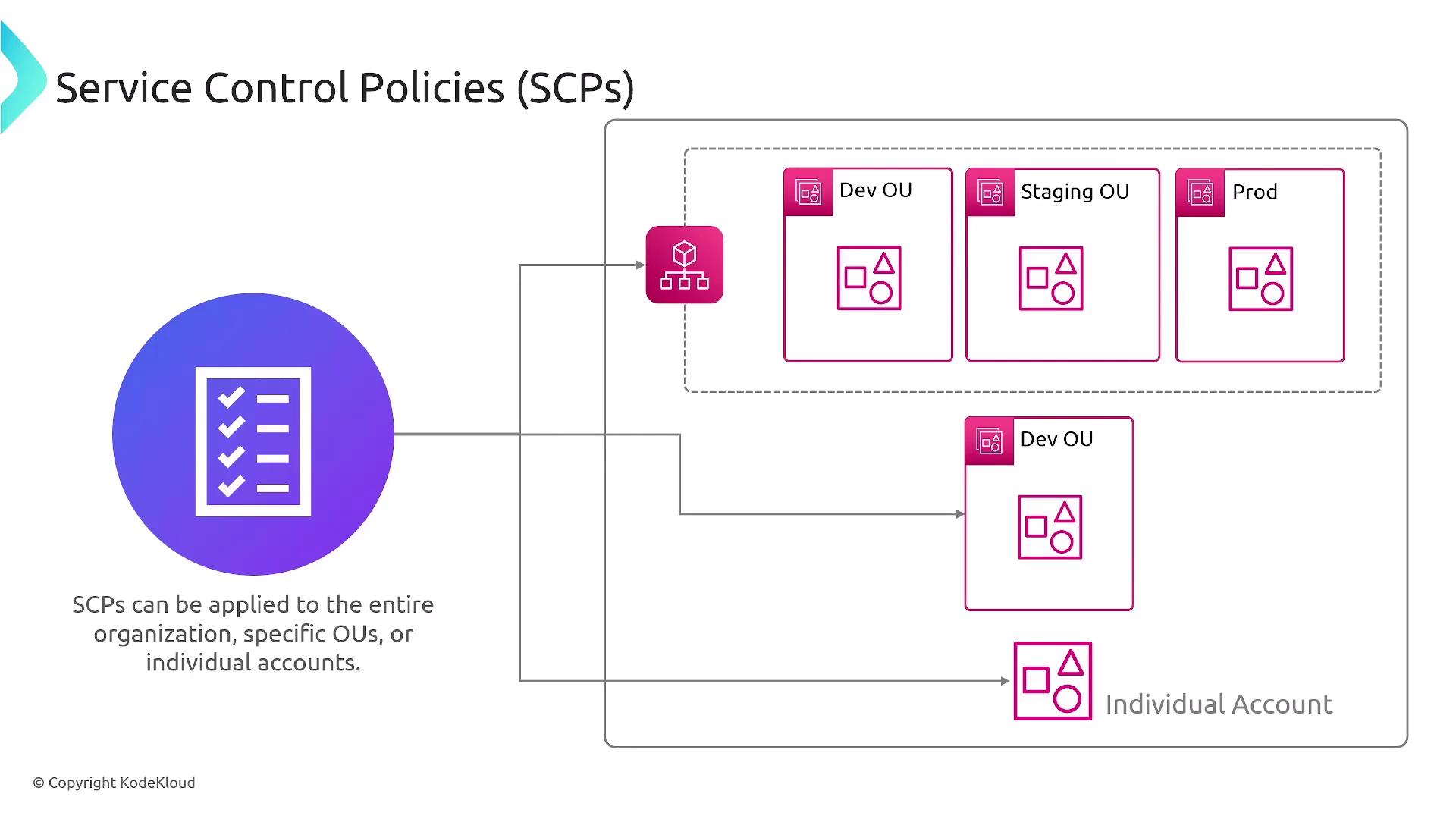
Organizations further bolster security with policies such as tag policies, backup policies, and AI services opt-out policies, supported by tools like the IAM Policy Simulator, IAM Access Analyzer, and Trusted Advisor for effective monitoring.

Note
Avoid deploying workloads into your management account. Use it exclusively for administrative functions.
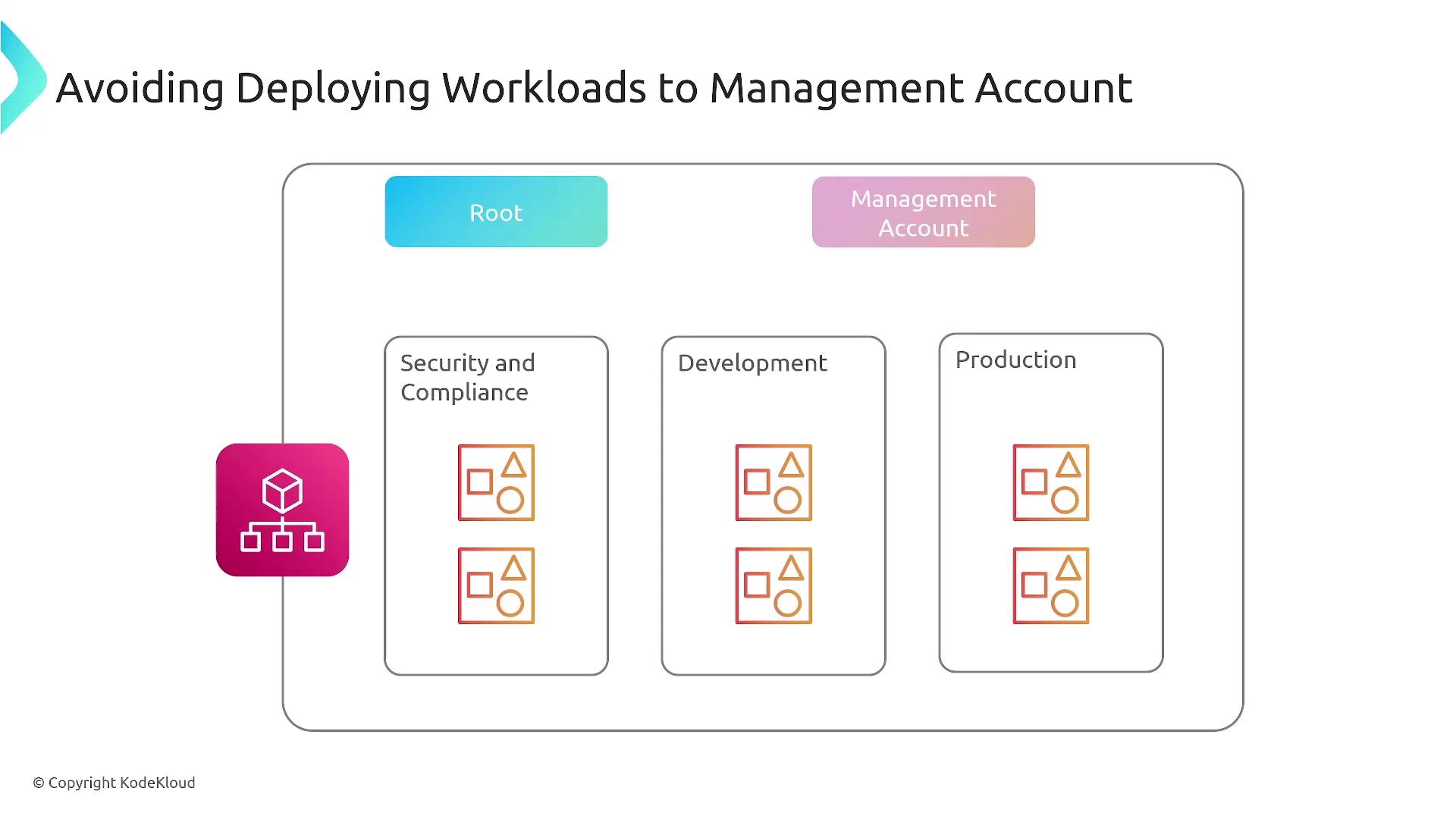
AWS Organizations leverages SCPs and AWS Control Tower to establish preventive and detective guardrails. These tools, combined with AWS Config and CloudTrail, help maintain compliance and support forensic analysis.
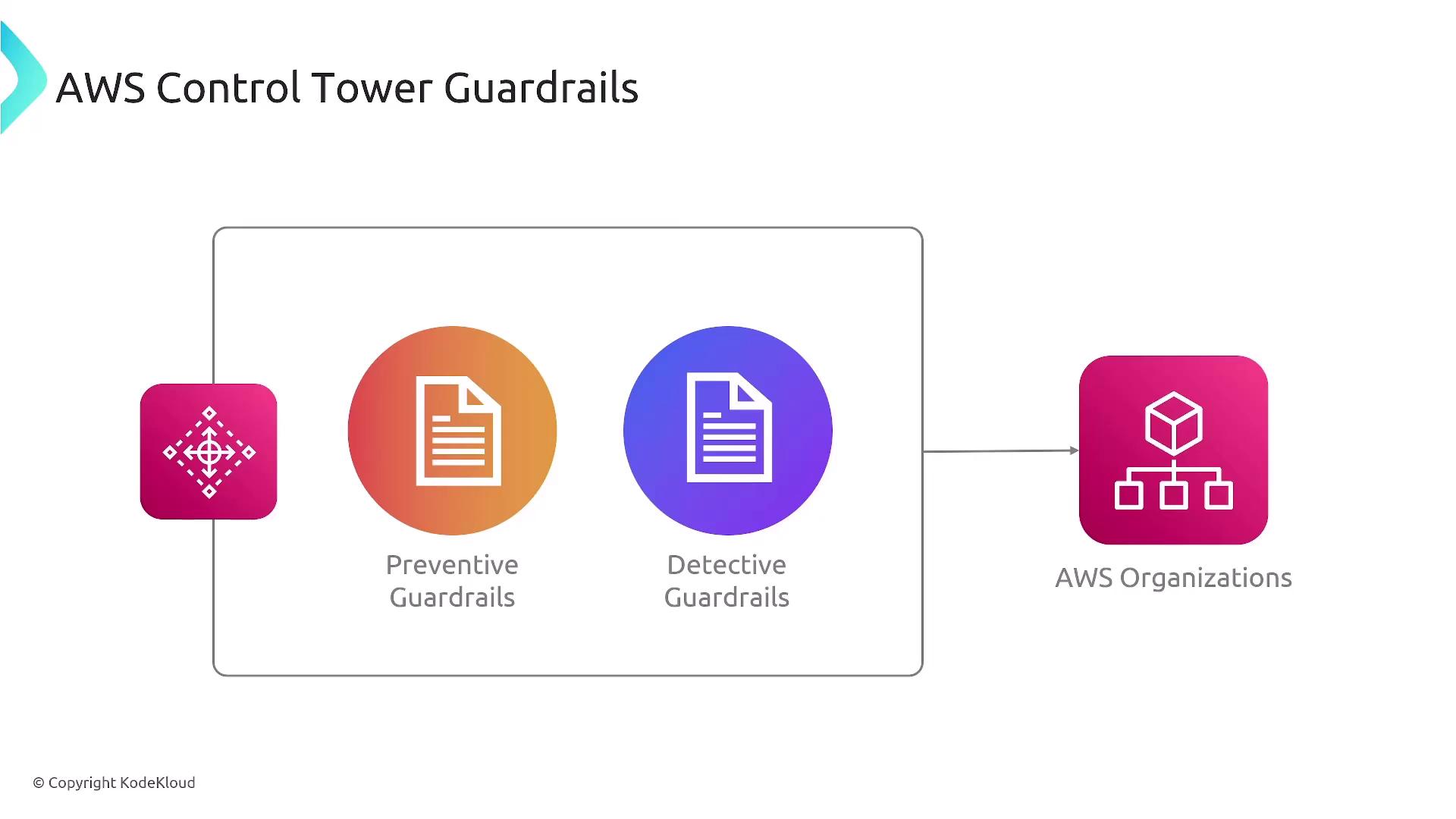
Security Best Practices and Assessments
Other critical security practices include:
- Regular security assessments
- Patch management via AWS Systems Manager
- Ongoing security awareness training
- Utilizing AWS security services like GuardDuty, Inspector, and Macie to detect malicious activities and vulnerabilities
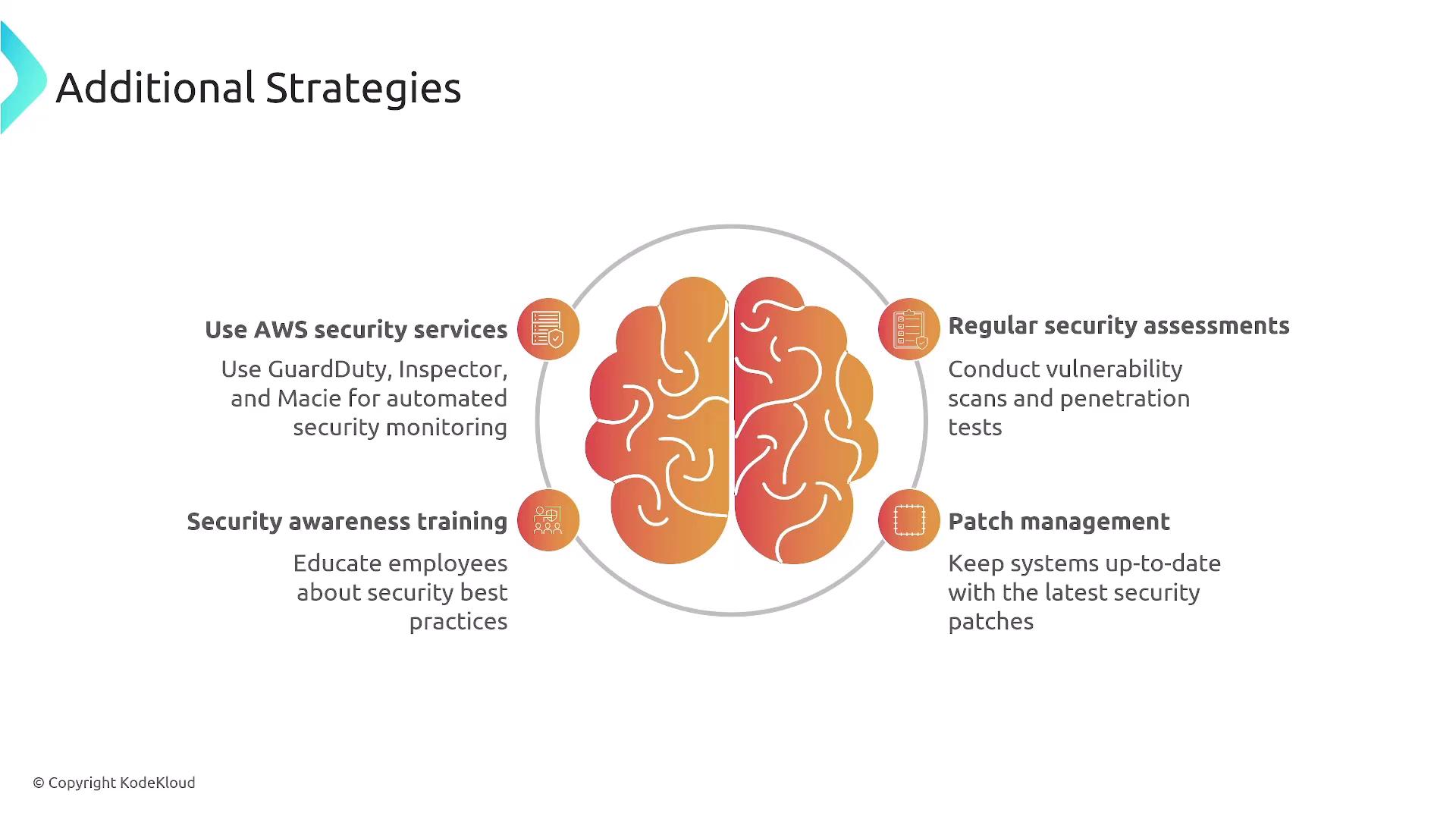
Data Protection and Network Security
Data classification is essential for cataloging, labeling, and continuously monitoring data access. It ensures that information is managed securely, facilitating compliance. Control of network traffic is enforced through mechanisms such as:
- Network ACLs (NACLs) at the perimeter
- Security groups at the instance level
- NAT gateways, VPC peering, PrivateLink, Direct Connect, VPNs, and private endpoints
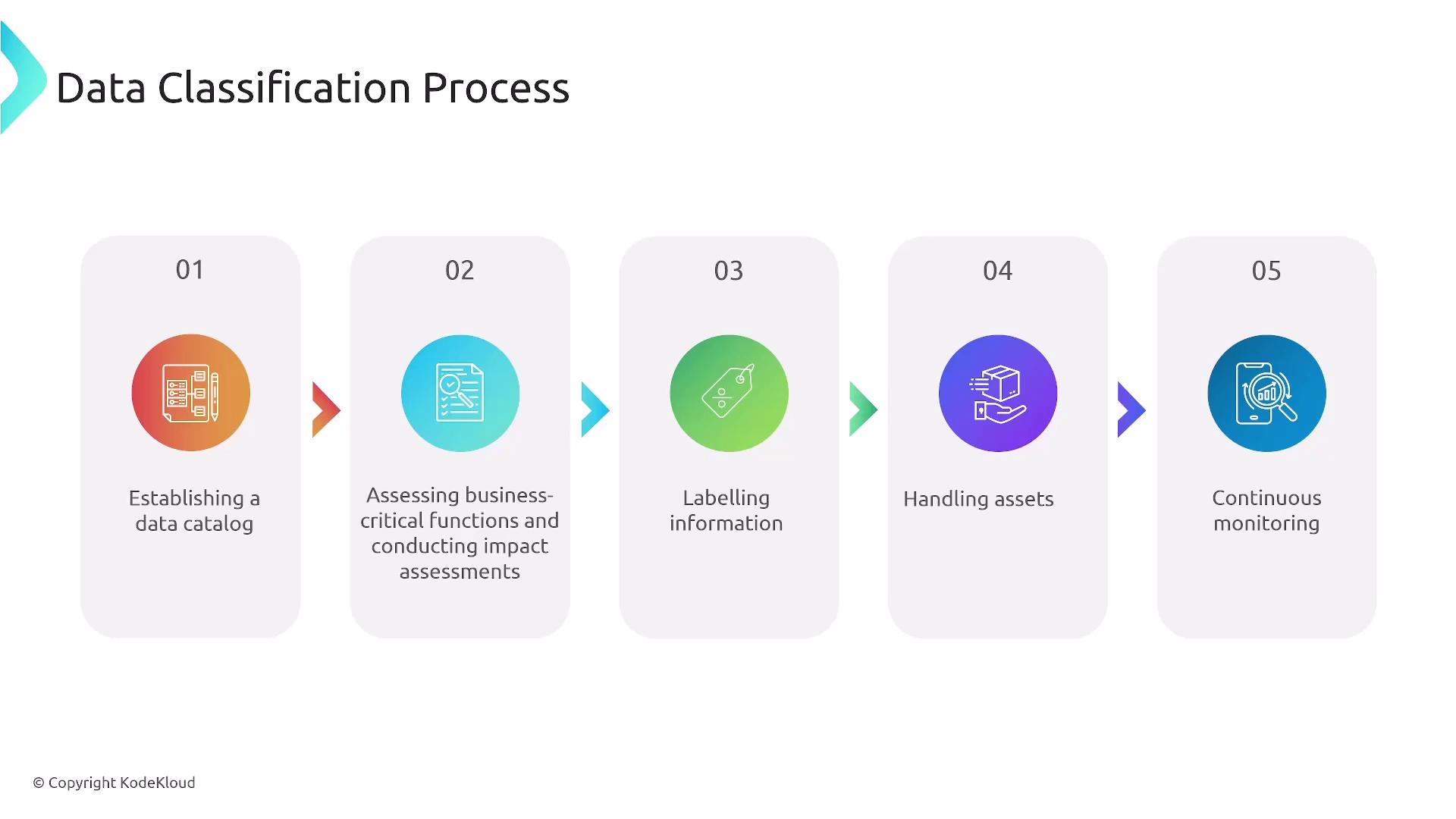
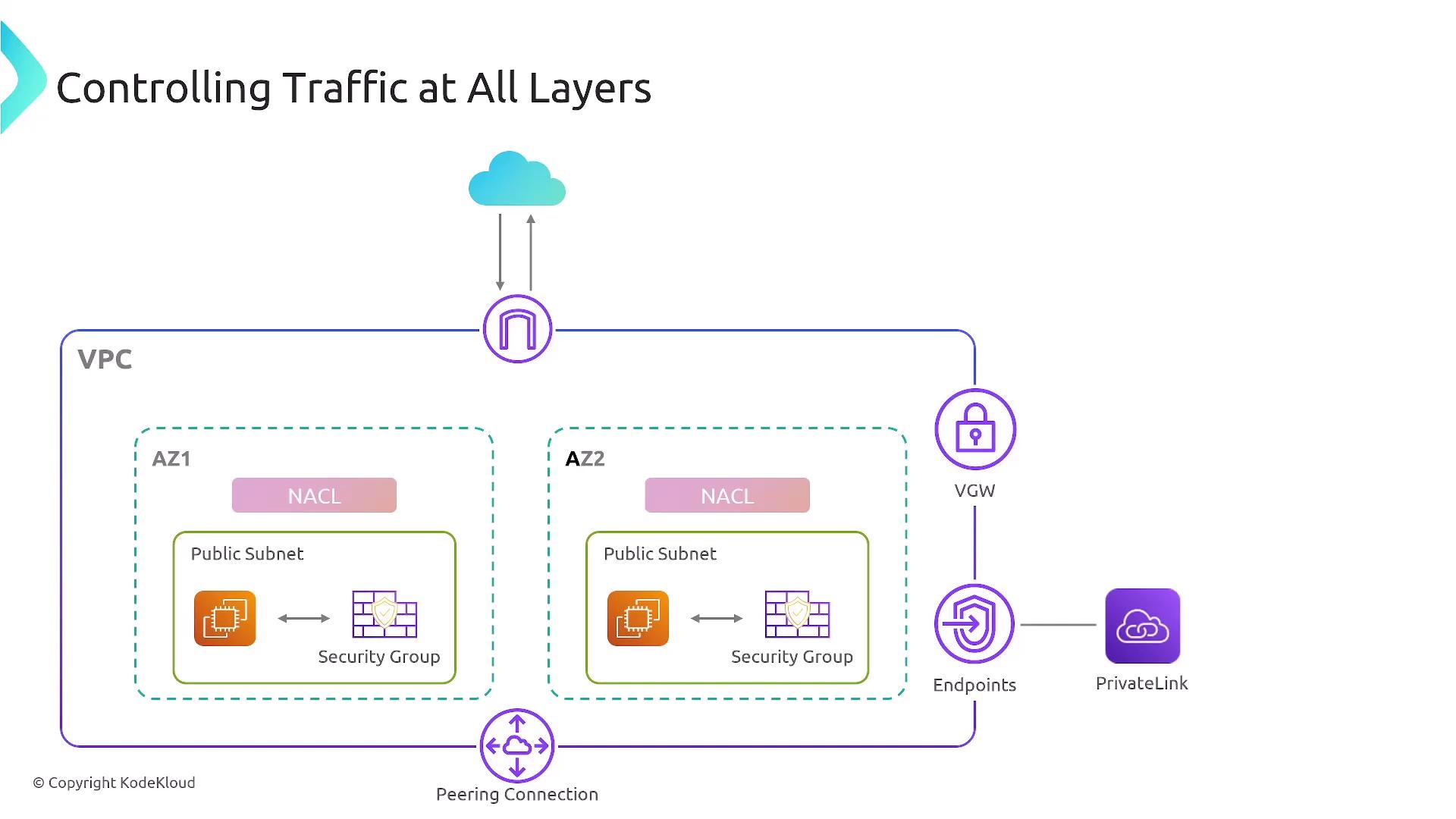
When comparing firewalls, note the differences between stateless NACLs and stateful security groups. AWS Network Firewall provides deep packet inspection and granular filtering based on several criteria including ports, protocols, and source IPs.
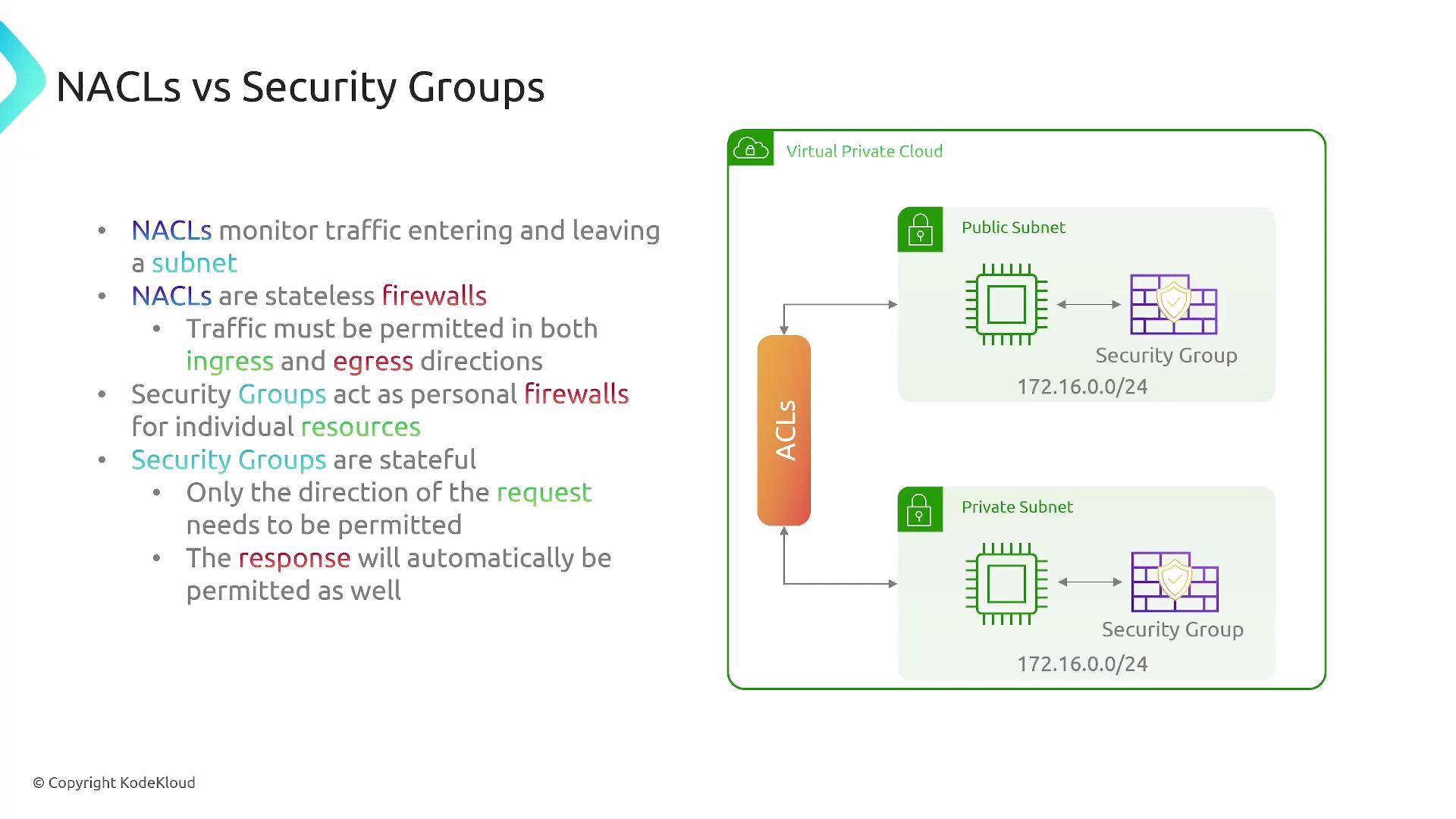
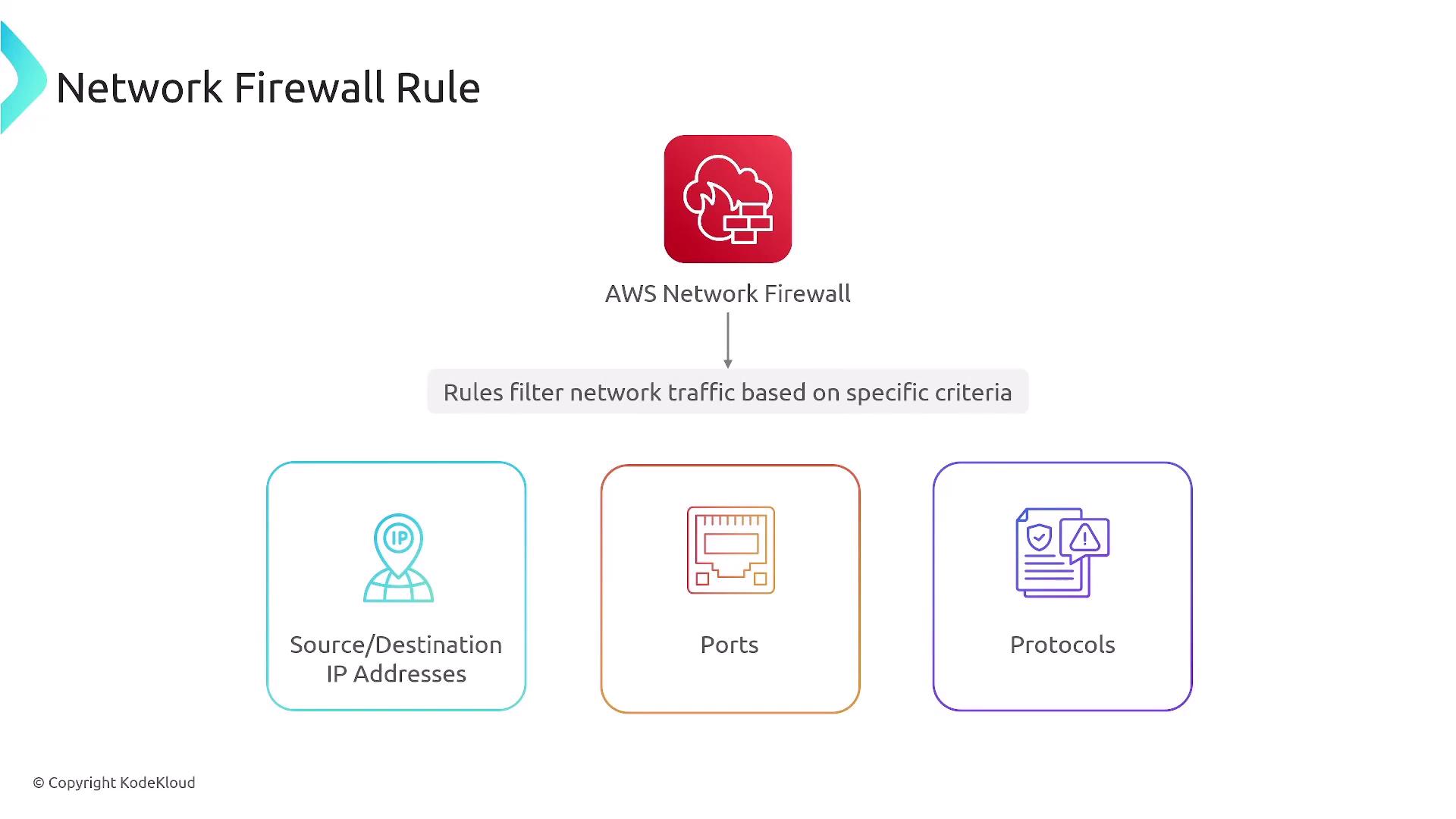
GuardDuty utilizes machine learning and threat intelligence to detect suspicious network activities, while encryption protects data both at rest and in transit. TLS secures data during transmission, and AWS Certificate Manager (ACM) simplifies the management of TLS certificates for load balancers and other services.
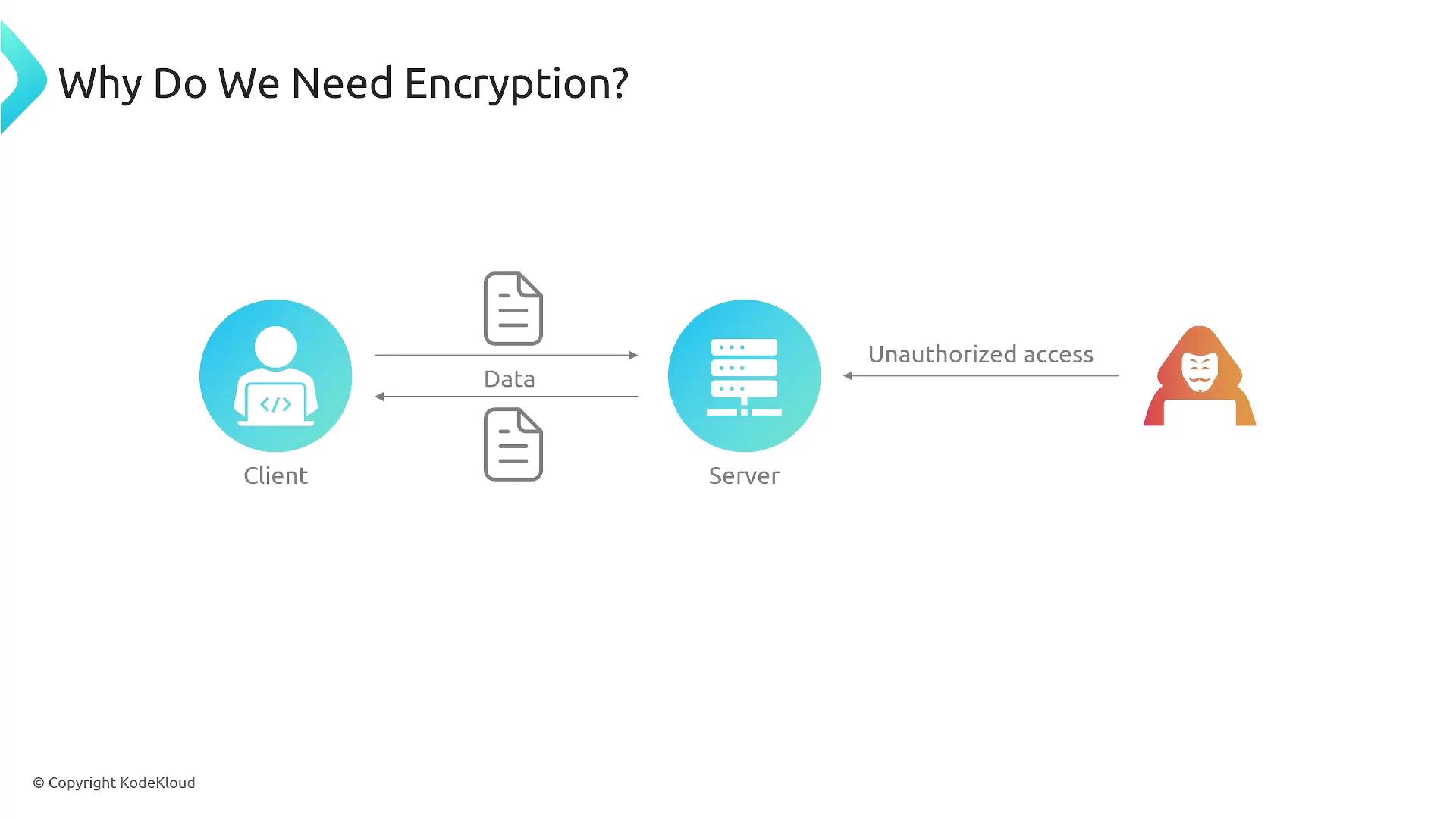
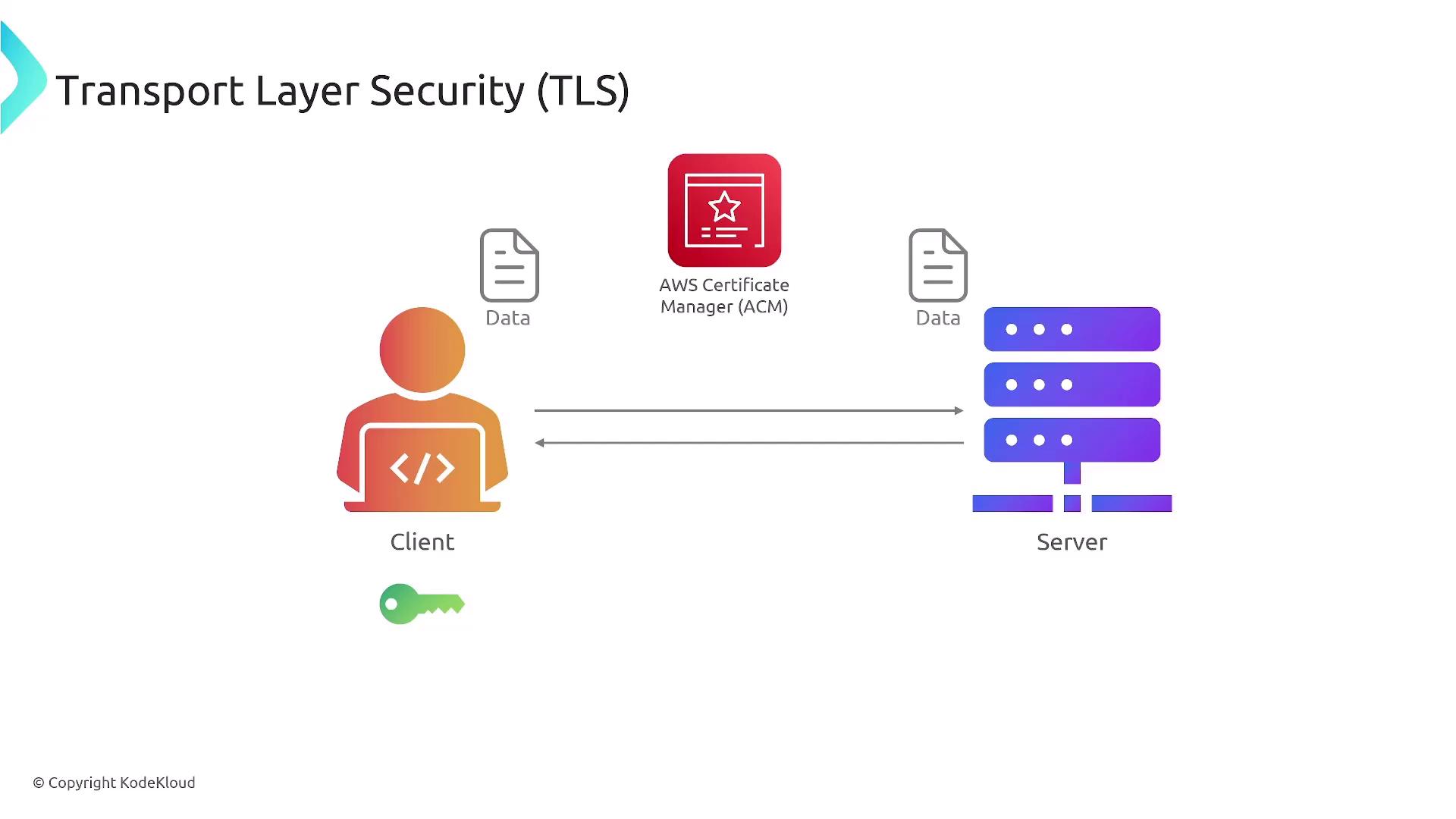
For data at rest, the Key Management Service (KMS) manages encryption keys, transforming plaintext data into ciphertext. It is recommended to use customer managed keys where specific use cases require detailed control and prefer symmetric encryption for efficiency.

AWS Inspector scans for vulnerabilities, especially when integrated with Systems Manager Agent. For protecting against DDoS attacks, AWS Shield Advanced offers enhanced protection, complemented by the basic Shield service available by default.
Managing Secrets and Centralized Security
When storing secrets, AWS provides two main solutions:
- Systems Manager Parameter Store: Requires custom Lambda functions for rotating secrets.
- AWS Secrets Manager: Offers built-in automatic rotation.
Choose AWS Secrets Manager when automated secret rotation is needed.
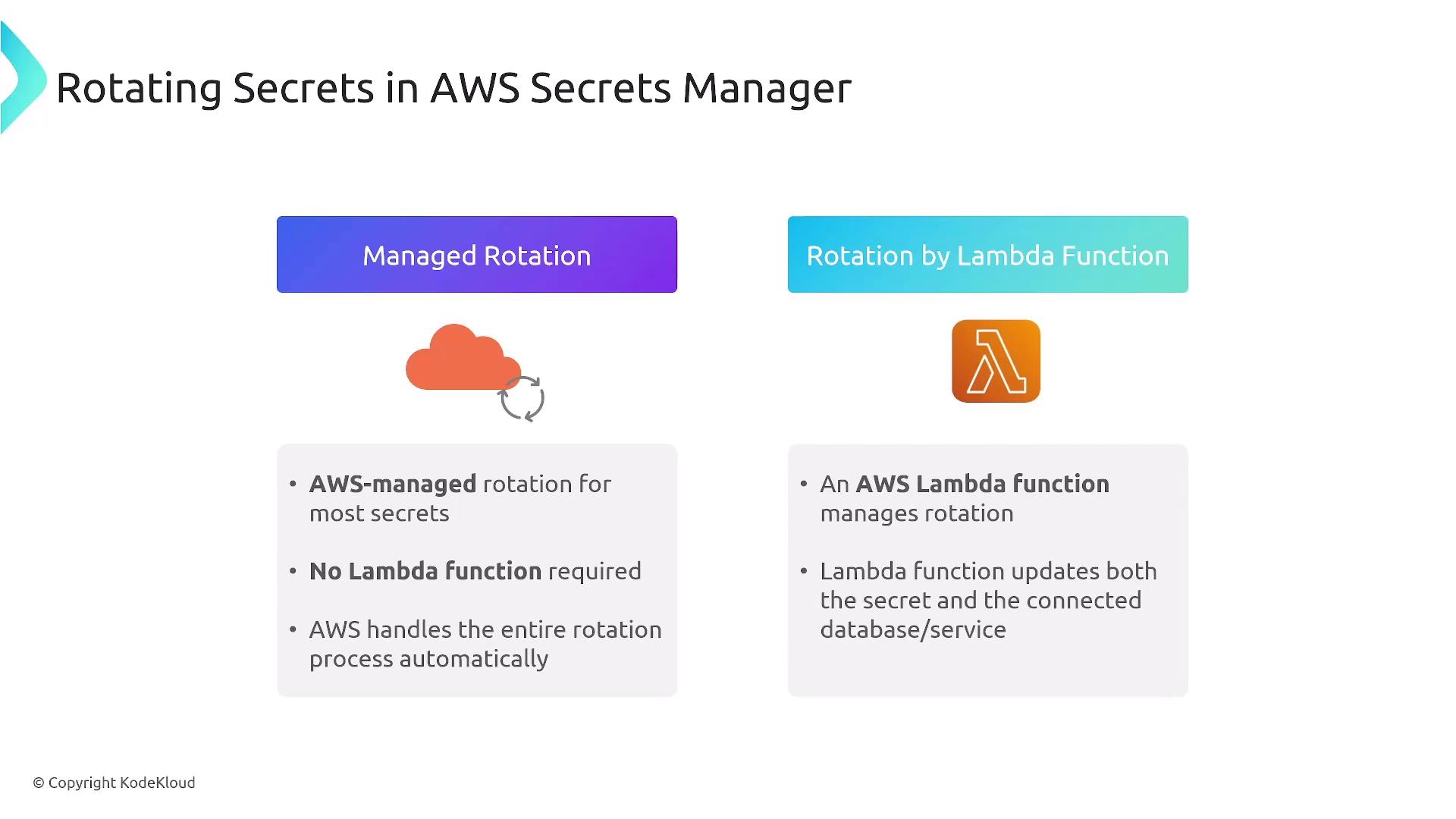
AWS Security Hub aggregates security findings from various AWS services and third-party solutions. Integrated with EventBridge, it facilitates automated response actions. This central console, alongside AWS Config and Config Aggregator, offers enhanced visibility into your security posture.

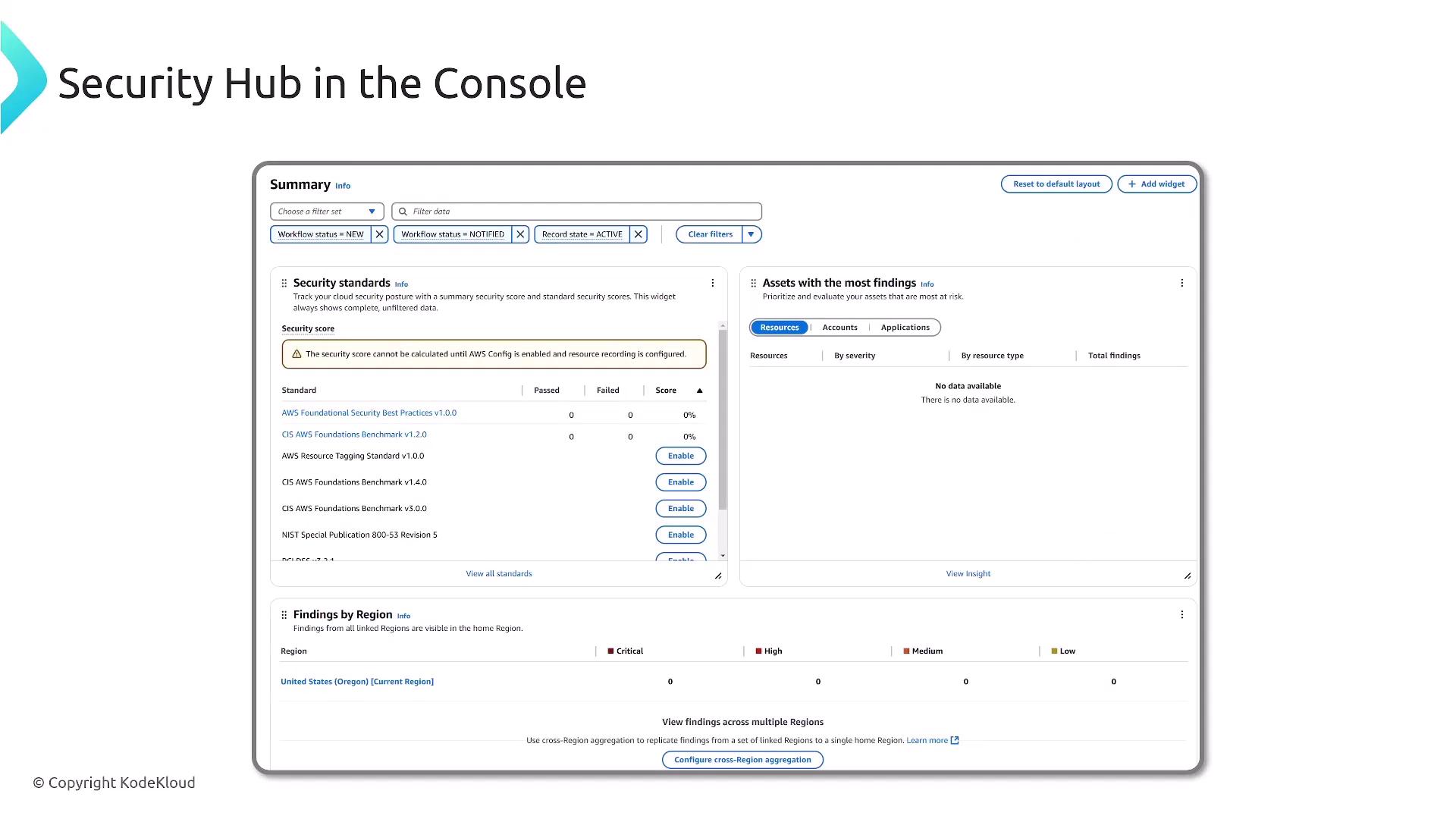
Audit Manager plays a critical role in ensuring compliance with standards like SOC 2, GDPR, and CCPA by continuously auditing your cloud environment.
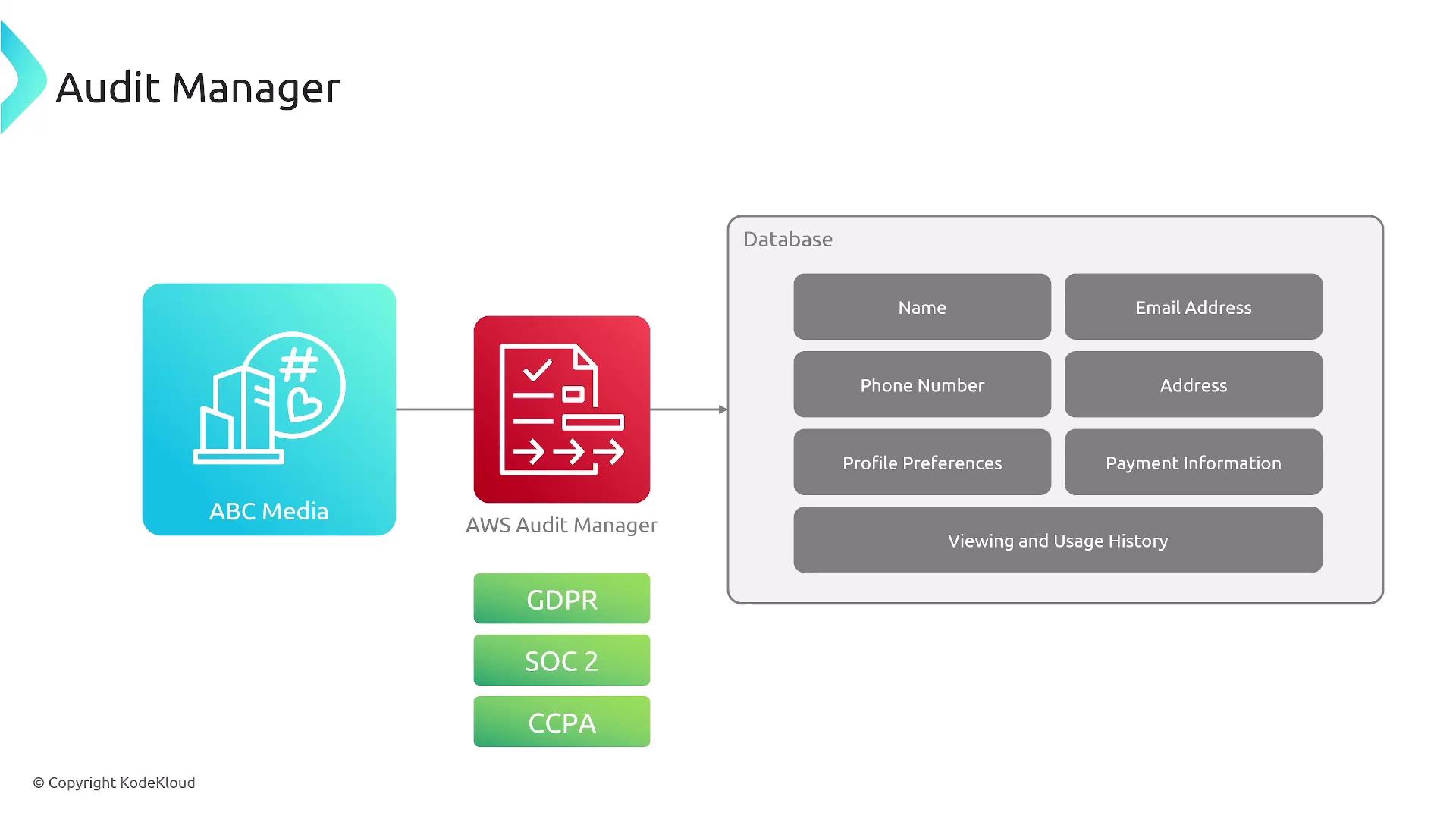
Conclusion
In summary, Domain 4 provides an extensive overview of security and compliance topics including IAM, encryption, network security, and compliance tools. Embracing these best practices will better prepare you for the assessment exam and strengthen your cloud security mindset.
Up next, we will review Domain 5. See you in the next article!
Watch Video
Watch video content